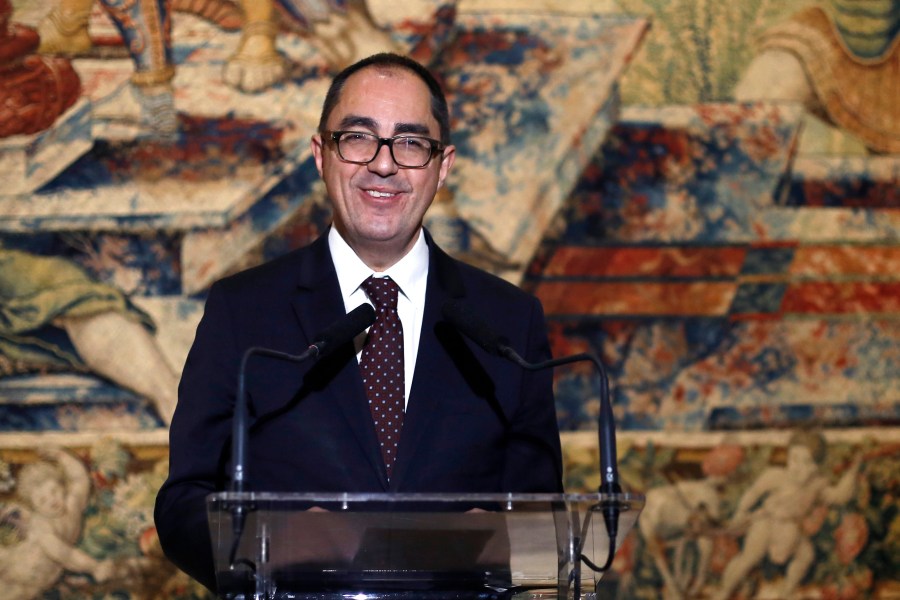UPDATE: The theft of the Louvre’s crown jewels has ignited a fierce debate over France’s colonial past, with experts calling for increased transparency about the origins of these illustrious artifacts. French police are urgently investigating the robbery, while pressure mounts on the Louvre and European museums to confront their uncomfortable histories.
Within hours of the robbery in Paris, researchers mapped the likely colonial routes of the stolen gems: sapphires from Ceylon (now Sri Lanka), diamonds from India and Brazil, pearls from the Persian Gulf, and emeralds from Colombia. This shocking revelation complicates public perceptions of the stolen jewels, which were once symbols of French prestige.
Emiline C.H. Smith, a criminologist at the University of Glasgow, emphasized that while there is no justification for theft, these artifacts are deeply entangled with colonial histories. “Many of these objects are entangled with violent, exploitative, colonial histories,” she stated.
As the investigation continues, authorities have already charged suspects, but fears grow that the jewels could be melted down or sold for their raw materials. Investigators express concerns that the cultural significance of the jewels, crafted for figures like Queen Marie-Amélie and other 19th-century royals, will be lost forever.
The museum has faced criticism for its lack of transparency regarding the gems’ provenance. According to their catalog, the stolen diadem features “Ceylon sapphires” but omits details about the miners or the terms of extraction. This has led to accusations that the Louvre is avoiding discussions about its colonial acquisitions.
Historian Pascal Blanchard noted the distinction between the craftsmanship and the colonial origins of the jewels. He pointed out that while the jewels were made in France, the materials sourced from colonial territories raise ethical questions about their acquisition.
France’s struggle with its colonial legacy mirrors other nations grappling with similar issues. The ongoing battle over the Koh-i-Noor diamond, which India seeks to reclaim from the UK, serves as a poignant example of the complex dynamics surrounding cultural treasures.
This recent heist has prompted a renewed focus on restitution. President Emmanuel Macron has promised to return certain artifacts to Benin and Senegal, but critics argue that structural barriers remain. French law complicates the process of returning state-held objects, and museums often resist making such moves.
Experts are calling for a shift in how museums present their collections. Monica Hanna, an Egyptian archaeologist, stated that the recent theft could catalyze broader discussions about transparency and restitution practices in Western museums. “The irony is profound, and it’s central to the conversation about restitution,” she remarked.
Looking ahead, calls for clearer labels and historical context in museums are growing louder. Scholars advocate for a decolonized approach that openly acknowledges the origins of artifacts and the histories tied to their acquisition. “Tell the honest and complete story,” advised Dutch restitution specialist Jos van Beurden.
The theft of the Louvre’s crown jewels is not just a criminal act; it has become a flashpoint in the ongoing dialogue about imperial legacies and the ethics of museum collections. As the investigation unfolds, the conversation surrounding restitution and transparency in museums is poised to evolve significantly.







